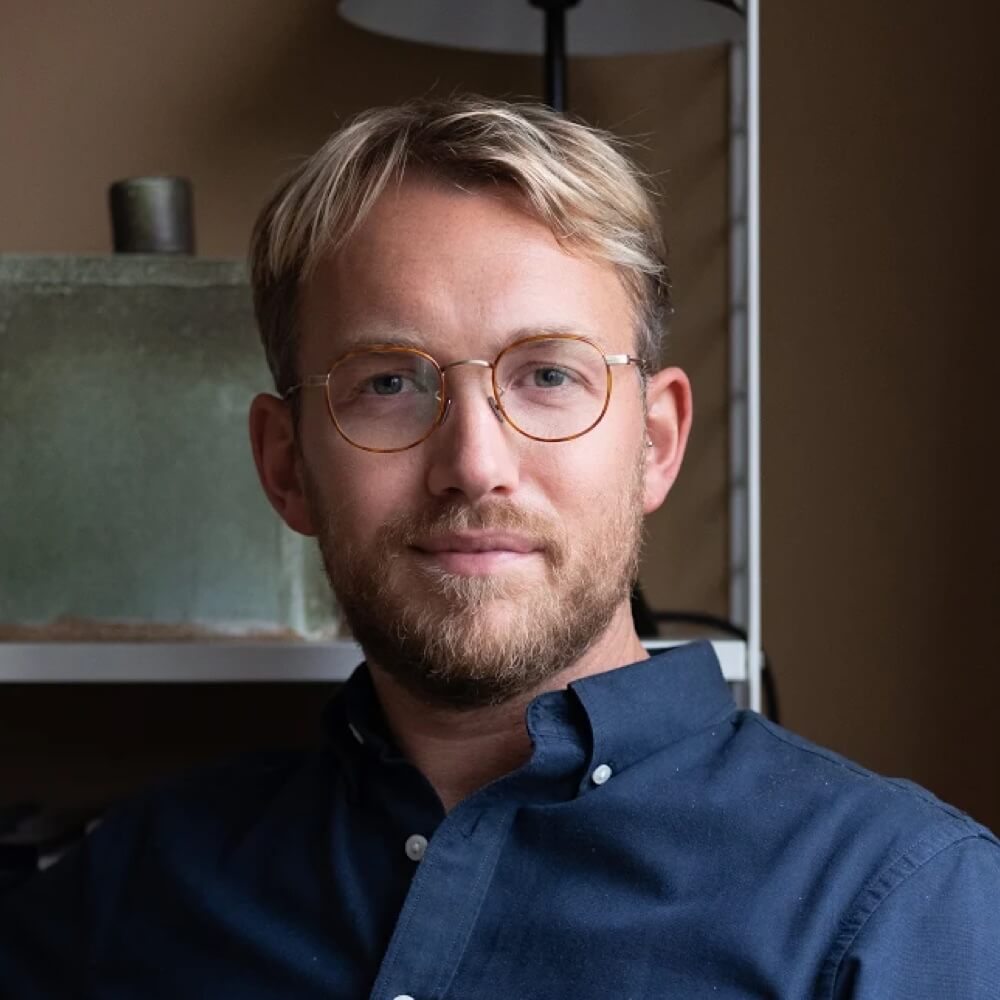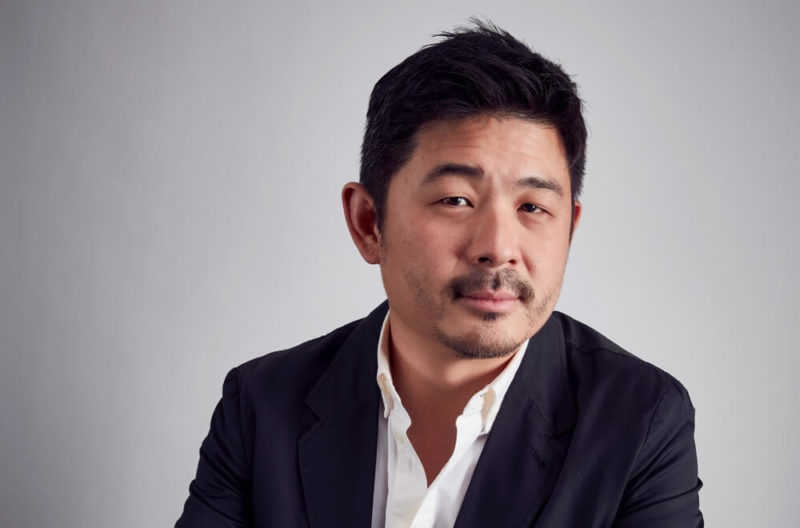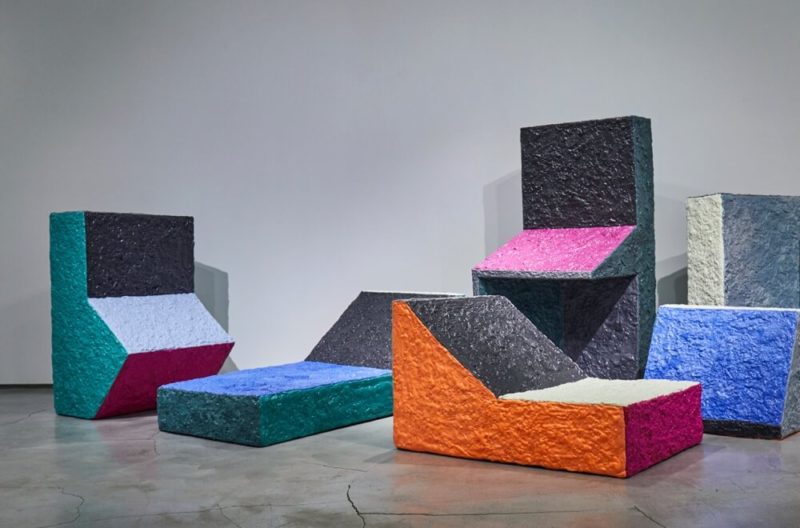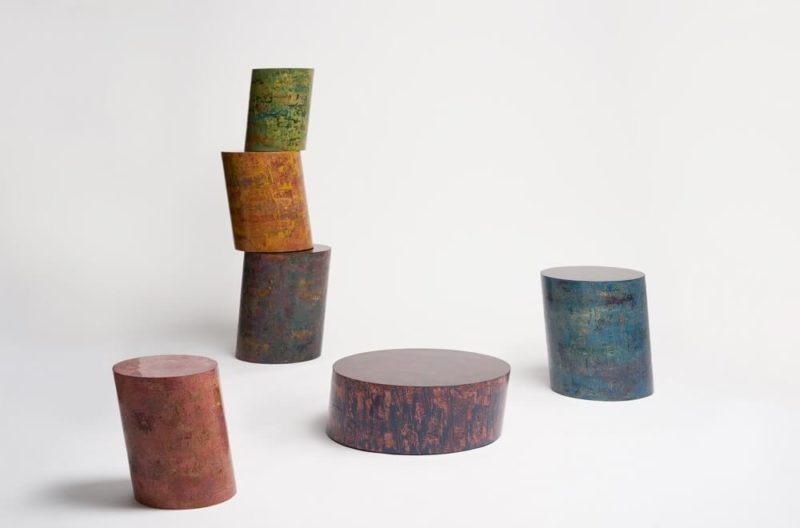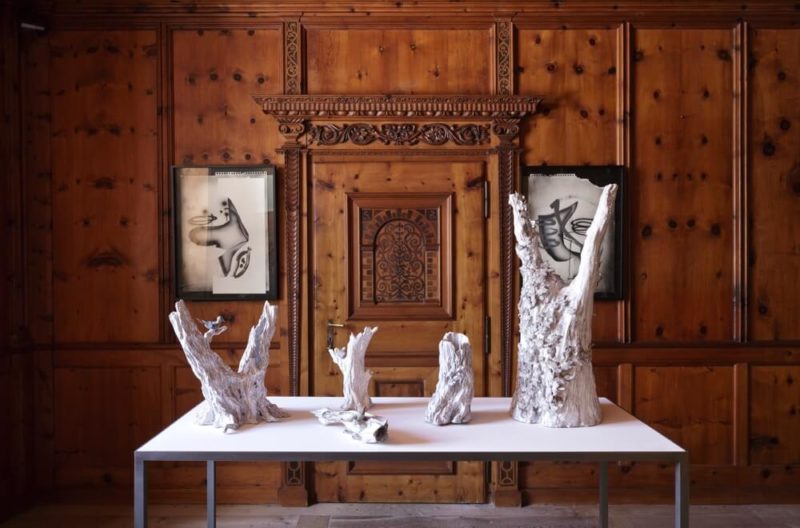Design Miami/Basel
Impressive craftsmanship and extreme scale had the greatest impact, but skill and subtlety won the day.
DESIGN MIAMI WAS established as a younger sister to the Art Basel contemporary art fair in 2006. Just 17 galleries showed at the first exhibition, while this June’s event saw 44 dealerships display alongside 14 ‘Curio’ presentations. This reflects how rapidly the collectible design world has developed into a flourishing, complex and dynamic market. Not only does this mean a higher variety of young talent being invested in, which was very much on show at this edition, it also means more fairs. Design Miami, with both the Miami and Basel iterations, now sits in an overpopulated calendar of design fairs – many of which, such as FOG in San Francisco or the travelling roadshow Nomad, do things in a smaller, cosier, more exclusive way.
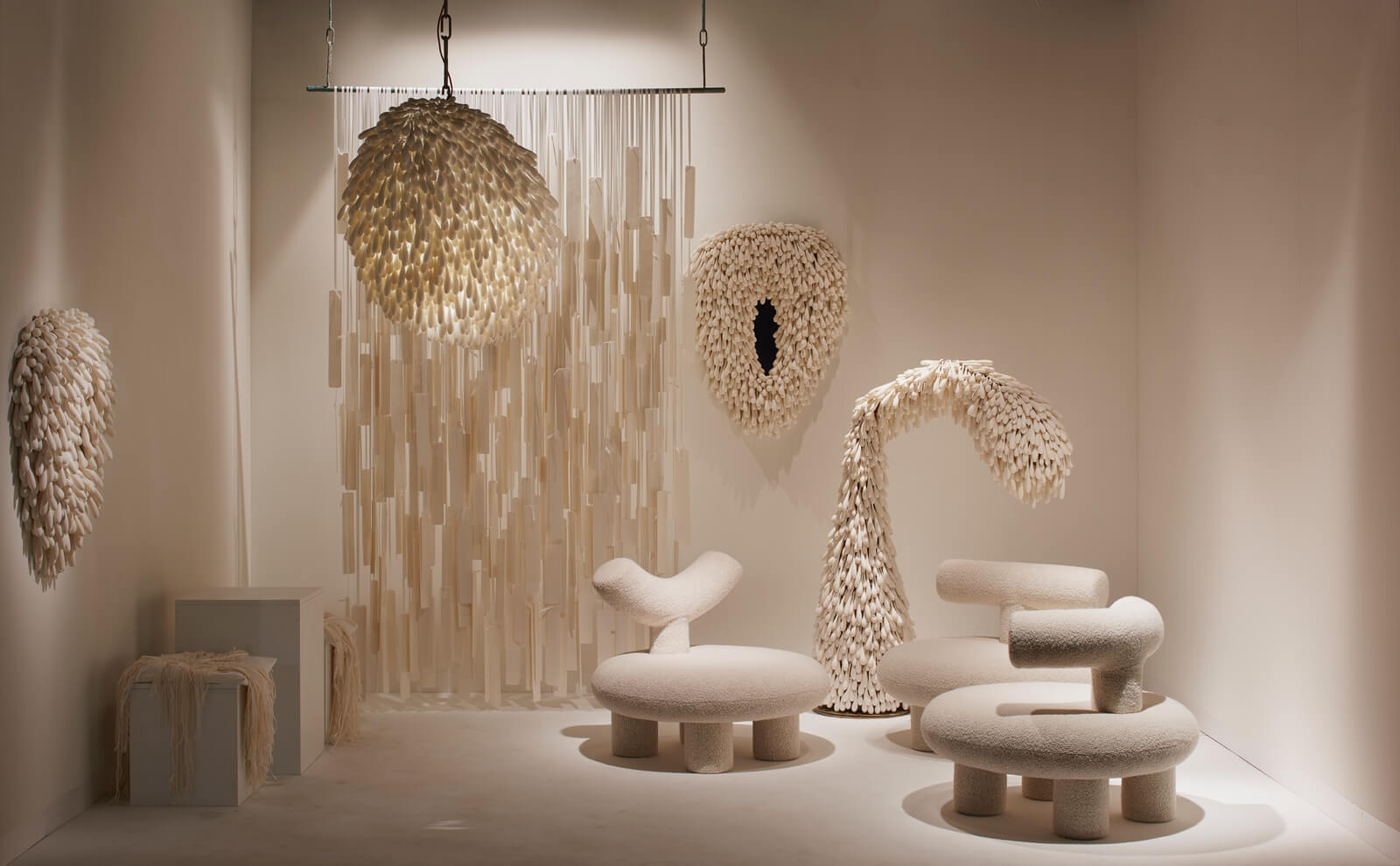
Olga Engel, ‘Remember’, at Armel Soyer
COURTESY: James Harris
Transformation, however, can mean renewal. That is seemingly the tack that organisers are taking with the recruitment of the design and architecture curator and critic, Aric Chen, as the fair’s curatorial director. Based in Shanghai, Chen has served as creative director of Beijing Design Week, and design and architecture curator at M+, Hong Kong’s long awaited museum of visual culture. He is known for bringing an intellectual depth to the industry. This year, with Chen in charge, the mood at Design Miami/Basel was more thoughtful and considered.
That mood was immediately apparent in the cave-like entrance on the ground floor, intended to be something of a moment of calm before visitors were funnelled up to the main selling spaces upstairs. Entitled ‘Element: Earth’, designers including Formafantasma, Joseph Walsh, Shahar Livne and Odile Decq studied our impact on the planet, the way we mine its resources and the role of materials and design in rectifying the damage. It was an interesting example of cultural signposting, discussing some of the major issues facing the design world that many of the galleries upstairs refrain from asking.

Odile Decq, ‘The Black Pavilion’, at Galerie Philippe Gravier
COURTESY: James Harris
Indeed, purpose, process and materiality are buzzwords increasingly used in the design market. Where once work was valued for its material worth, provenance or signature, today craftsmanship and process are important assets in making work collectible. This year, sense-defying craftsmanship mixed with gargantuan scales created a new type of bling at many of the contemporary gallery stands.
“It’s about extremism,” said Laura Young, gallery director at The Future Perfect. She stood at the gallery’s booth discussing a 3-metre-long ceramic table produced by Dutch designer Floris Wubben. The piece is constructed in three parts, weighs 600 kg and costs $85,000. It is a colossal, sense-defying piece of furniture – as conspicuous for how it is made, as it is for how it looks. “People are impressed by things that shouldn’t exist,” she continues.
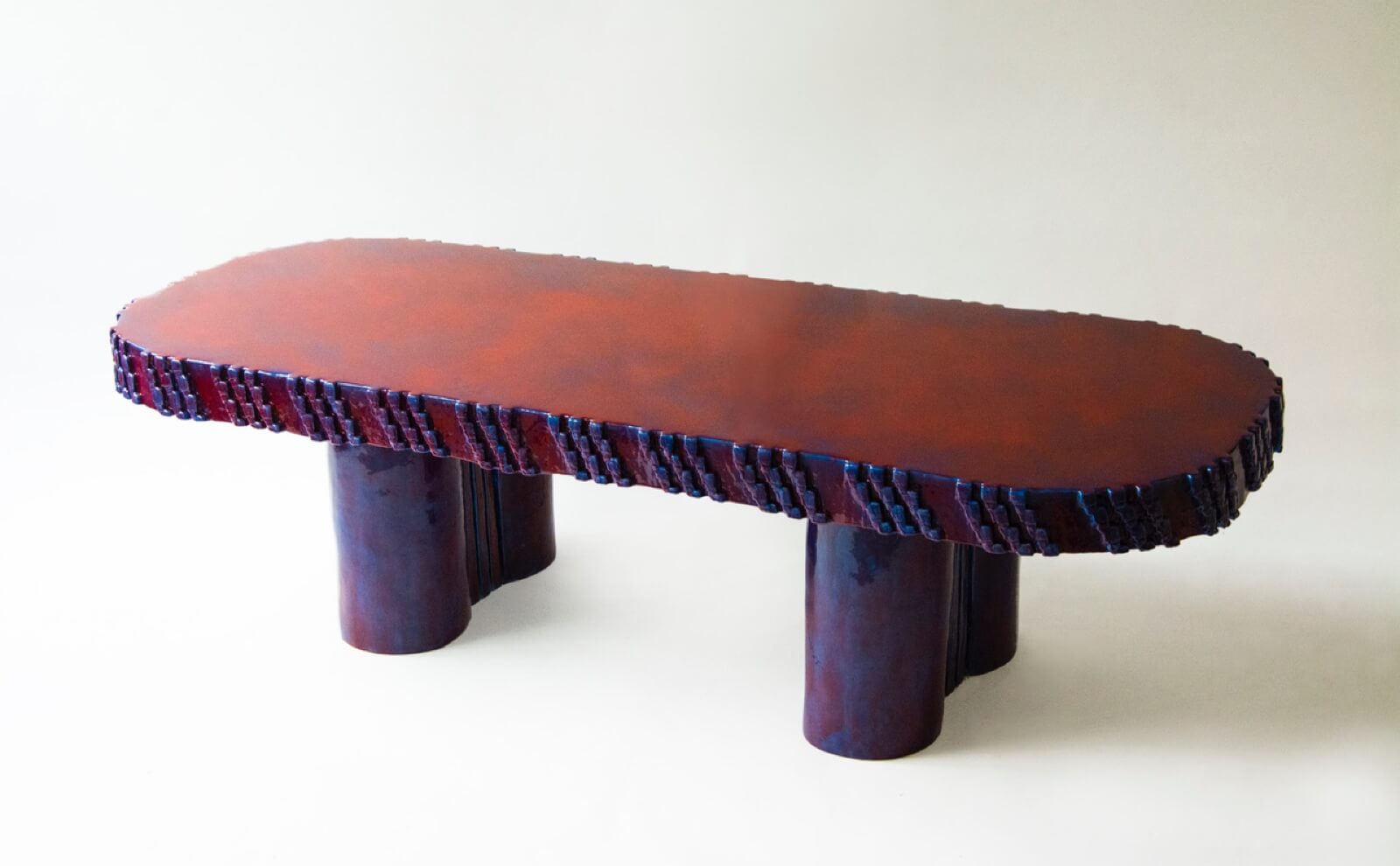
Floris Wubben, ‘Collar Table’, 2019
COURTESY: The Future Perfect + Pekka image
The same went for another remarkable endeavour, the Inverted Gravity collection by Mathieu Lehanneur: a series of heavy marble cabinets that rest on glass spheres the size of footballs. Their delicacy is in stark comparison to the dense weight of the upper chests. They have taken the Parisian designer three years to develop.

Mathieu Lehanneur, ‘Inverted Gravity’, 2019
COURTESY: James Harris
At Hostler Burrows, Finnish artist Pekka Paikkari presented two large-scale ceramic murals. He transforms broad slabs of cracked clay into wall sculptures that look like frescos of baked earth, or flattened tree bark. Like Wubben’s tables or Lehanneur’s cabinets, they demonstrate the prevalence of craft – of man mastering nature on a grand scale – in today’s market. “Our collectors want to see the mark of the artist’s hand, as opposed to a shiny mould or form,” said Molly Nathan at Hostler Burrows. “We want to be closer to the world around us.”
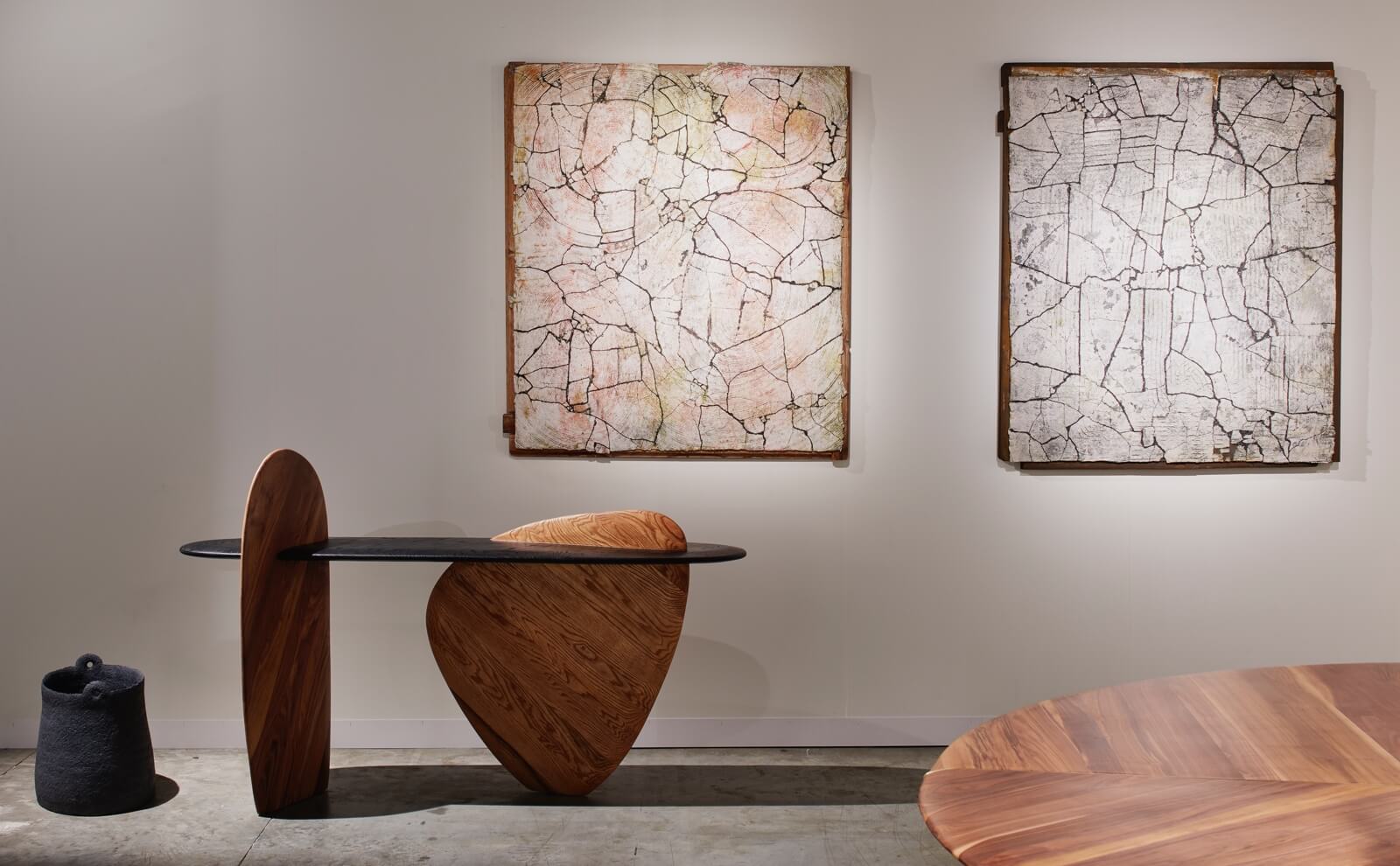
Gal Gaon, ‘Cliff Console’, 2019 (left, foreground); Pekka Paikkari, ‘Flood’, 2019 (left); ‘River’, 2019 (right)
COURTESY: James Harris
This sentiment was displayed – in full, technicolour glory – at Functional Art Berlin. The gallery is a year old and for its first presentation at Design Miami/Basel it showed a striking tablinum of work by design studio, OrtaMiklos. Leo Orta and Victor Miklos Andersen create pieces out of bright orange, lilac or turquoise cardboard pulp moulded around steel frames. Crude, wonky and proudly handmade, the pieces show how large-scale craftsmanship today comes with no clearly defined aesthetic. Two works were sold to major institutions.
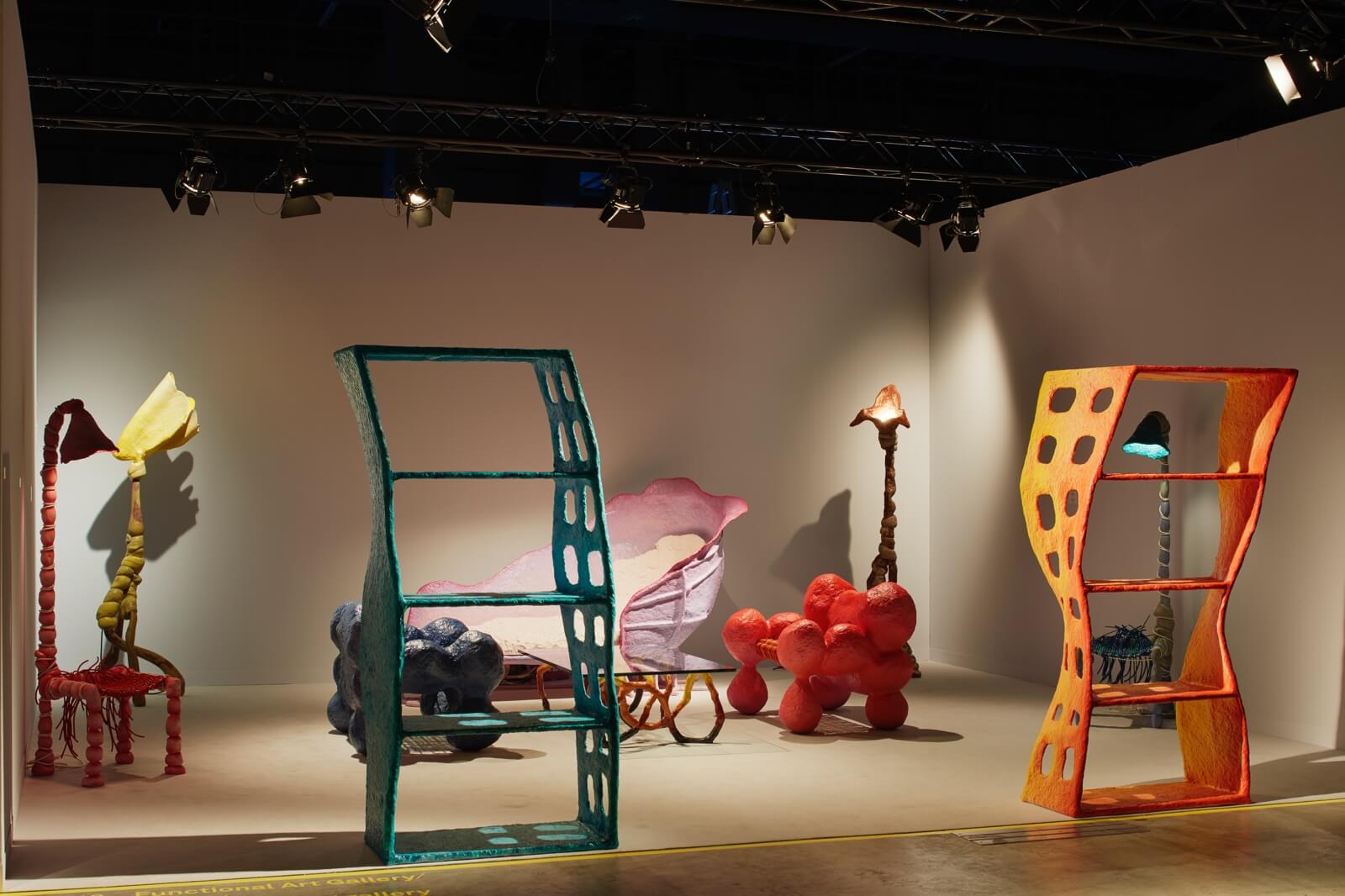
OrtaMiklos at Functional Art Gallery
COURTESY: James Harris
Where once work was valued for its material worth, provenance or signature, today craftsmanship and process are important assets in making work collectible
Yet one of the most outstanding stands at this year’s show was also the most subtle. Erik Thomsen is a New York-based dealer of Japanese art and antiques and, like Functional Art Gallery, debuted at this edition of Design Miami/Basel. Thomsen presented an exhibition of Japanese bamboo basketry by legendary craftsmen such as Iizuka Rokansai and Iizuka Shōkansai mostly dating from the 1920s and 30s. It was a quiet, celebration of human skill with prices ranging from $5,000 to $25,000. How does this sort of thing fare at a fair not known for its subtlety? “It’s popular,” said Joe Earle, a Japanese art specialist, “Just look at the red dots.”
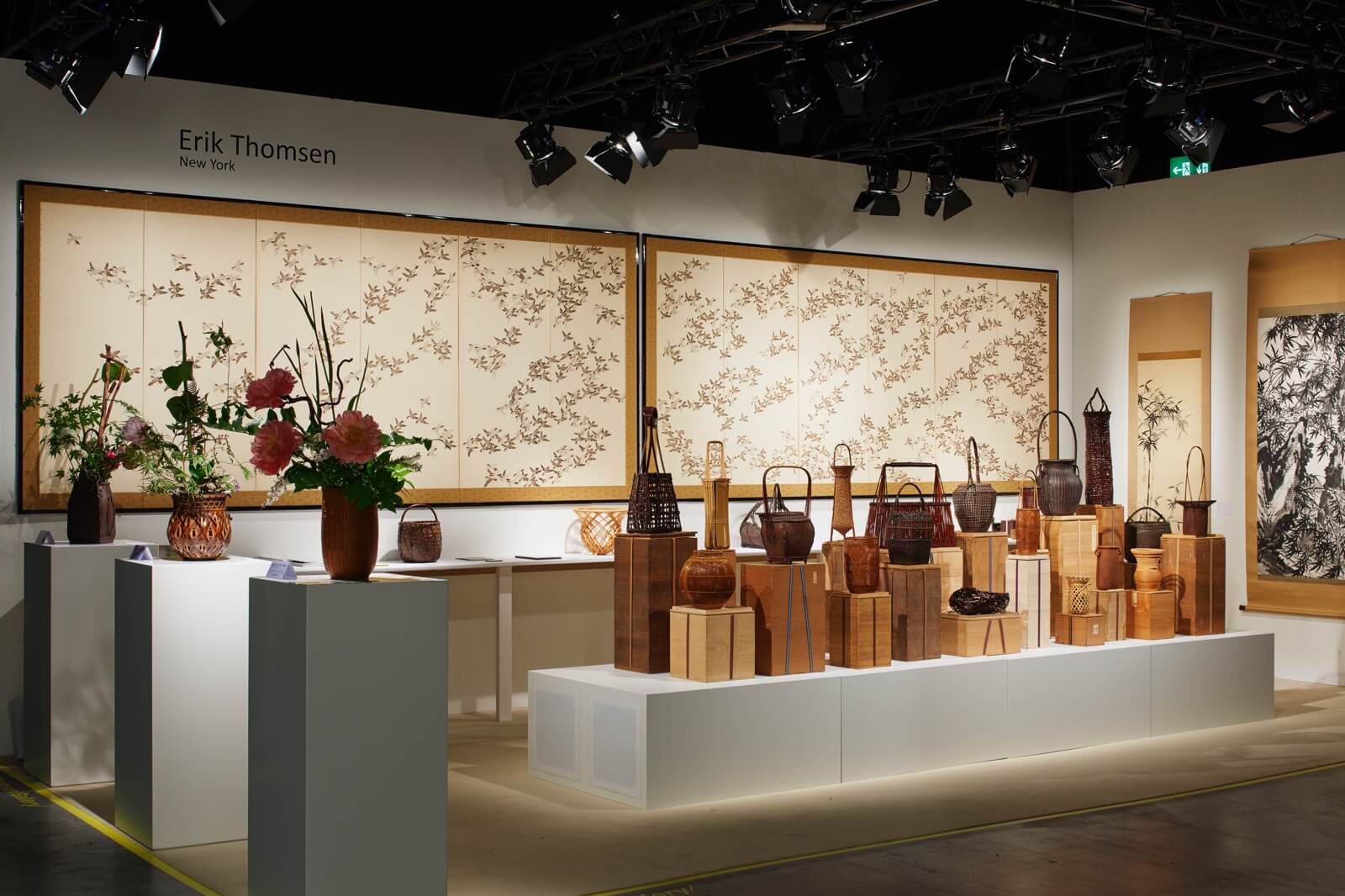
Installation view, Erik Thomsen Gallery
COURTESY: James Harris
ERIK THOMSEN’S STAND was a success for offering a cohesive vision and something different. Postwar French ceramics at Thomas Fritsch Atrium, rare Luis Barragán furniture from Side Gallery in Barcelona, an Andrea Branzi retrospective at Friedman Benda: the best and most urgent stands this year were those that were specialised. Do they sell as well as group displays? Perhaps not, but maybe that is not the point, or so say the younger dealers: “Fairs are selling events so solo shows are riskier, but that’s the way we want to do it, so we can be proud of our stand,” says Benoît Wolfrom at Functional Art Gallery.
Overall, Design Miami/Basel this year felt quiet: “Slow but steady” and “dead quiet” were how two dealers described it to me. Perhaps by putting culture in commerce’s sidecar, as Chen has done this year, the fair can adapt to an ever-changing agenda.
Design Miami/ – is the global forum for design. Each fair brings together the most influential collectors, gallerists, designers, curators and critics from around the world. Design Miami/ runs from 4th – 8th December, 2019.
Please see The Design Edit’s recent Q&A with Aric Chen.
